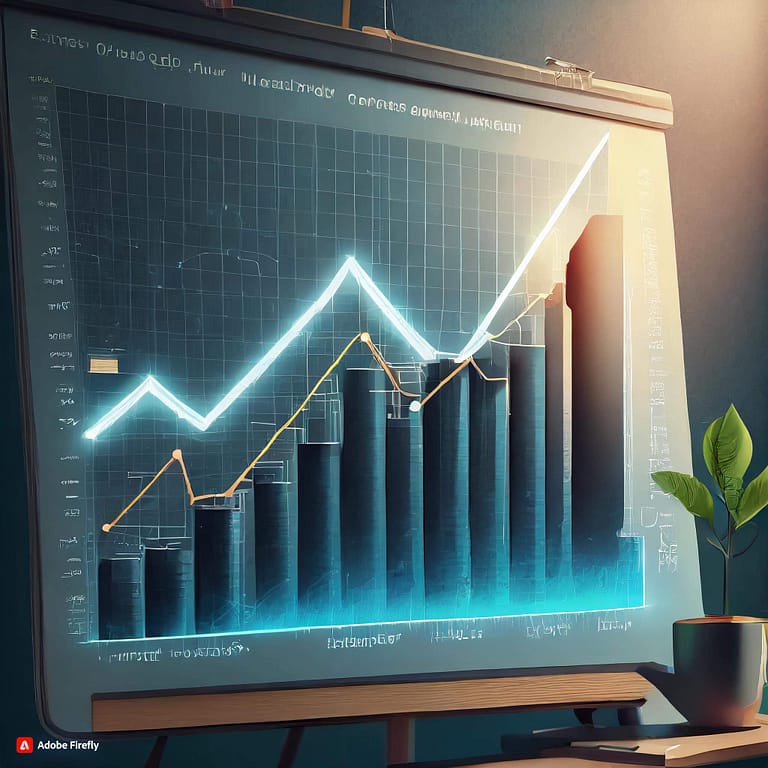The bounce rate refers to the rate of interaction of internet users with your website. If this analytical indicator is too high, it could decrease the relevance of your web pages to search engines and weaken their online visibility. So, how to reduce bounce rate e-commerce ? What strategy should be implemented to convince visitors to stay longer on your online store ?

Why is my bounce rate so high ?
A high bounce rate indicates that internet users leave your online store immediately after viewing a single page. They don’t click through or visit other web pages. This doesn’t necessarily mean that your services or products don’t interest them. In such a situation, it’s essential to focus on the technical aspect of the site to answer the question “Why is my bounce rate so high ?”
All web stakeholders know it well: internet users are highly demanding. They leave quickly if your site doesn’t offer a better user experience. A high bounce rate might result from poorly designed sites, unattractive designs, or low-quality content. Slow page loading times could also discourage visitors from engaging with your e-commerce.
What is the right bounce rate for e-commerce sites ?
For all sectors combined, the industry average bounce rate is around 50.9%. However, this norm can vary from one site to another as user behavior towards a brand depends on numerous factors. The website structure, its category, and even the company’s industry need to be considered.
In the e-commerce field, the appropriate bounce rate ranges from 20% to 45%. If you aim to increase your conversion rate, you should strive to stay below this range. Your site and digital marketing strategy should align with this goal.
How to calculate the bounce rate ?
The bounce rate is a crucial metric to gauge the impact of your web pages on visitors. Typically, you can obtain it using Google Analytics, also known as GA4. Simply log in to this analytics platform and navigate through : “Reports/Lifecycle/Traffic Acquisition/Customize Report/Metrics/Add a Metric.”
Alternatively, if you don’t have access to this tool, you can calculate the bounce rate for your e-commerce site manually. This indicator corresponds to the ratio between the number of visitors to a page and the total number of site visitors. Then, multiply the result of this operation by 100 to obtain the percentage bounce rate.
Effective methods to reduce bounce rate
For online stores, a high bounce rate is always concerning as it indicates a decrease in the conversion rate. Fortunately, there are various methods that can influence this interaction percentage. You can combine several of these techniques to boost visitor engagement.
1- Highlight Call-To-Action (CTA) buttons
Internet users are always in a hurry. Having a prominently placed call-to-action button on each web page can easily guide them to other pages and through the sales funnel. You can position CTAs in visible locations, such as the top part of the page, to attract attention. Using a different color and font style from the rest of the textual content can also grab attention.
2- Implement an effective content strategy
Web content is the central pillar of your marketing strategy. Visitors respond well to web pages containing captivating images, well-produced videos, or well-written articles that resonate with them. They crave more and click on other links to relive the experience. To achieve this, integrate high-quality articles on your site, carefully choose the keywords used, group articles by theme, and refresh outdated content.
3- Taking care of ergonomics website
Due to poorly designed usability, visitors may quickly leave your site and click on a competitor’s link. To prevent this, work on your web page interface to provide visitors with a better user experience. Limit the number of tabs by organizing information and highlight key elements of the page, such as titles and CTA buttons.
4- Address technical aspects of the site
Combined with excessively slow loading speeds, technical errors can be frustrating for visitors. Keep in mind that patience isn’t a virtue of internet users. Reliable sources suggest that page loading times should not exceed 2 seconds to decrease the bounce rate. It’s also advisable to thoroughly check web pages to detect any ergonomic issues, especially 404 errors and broken links.



